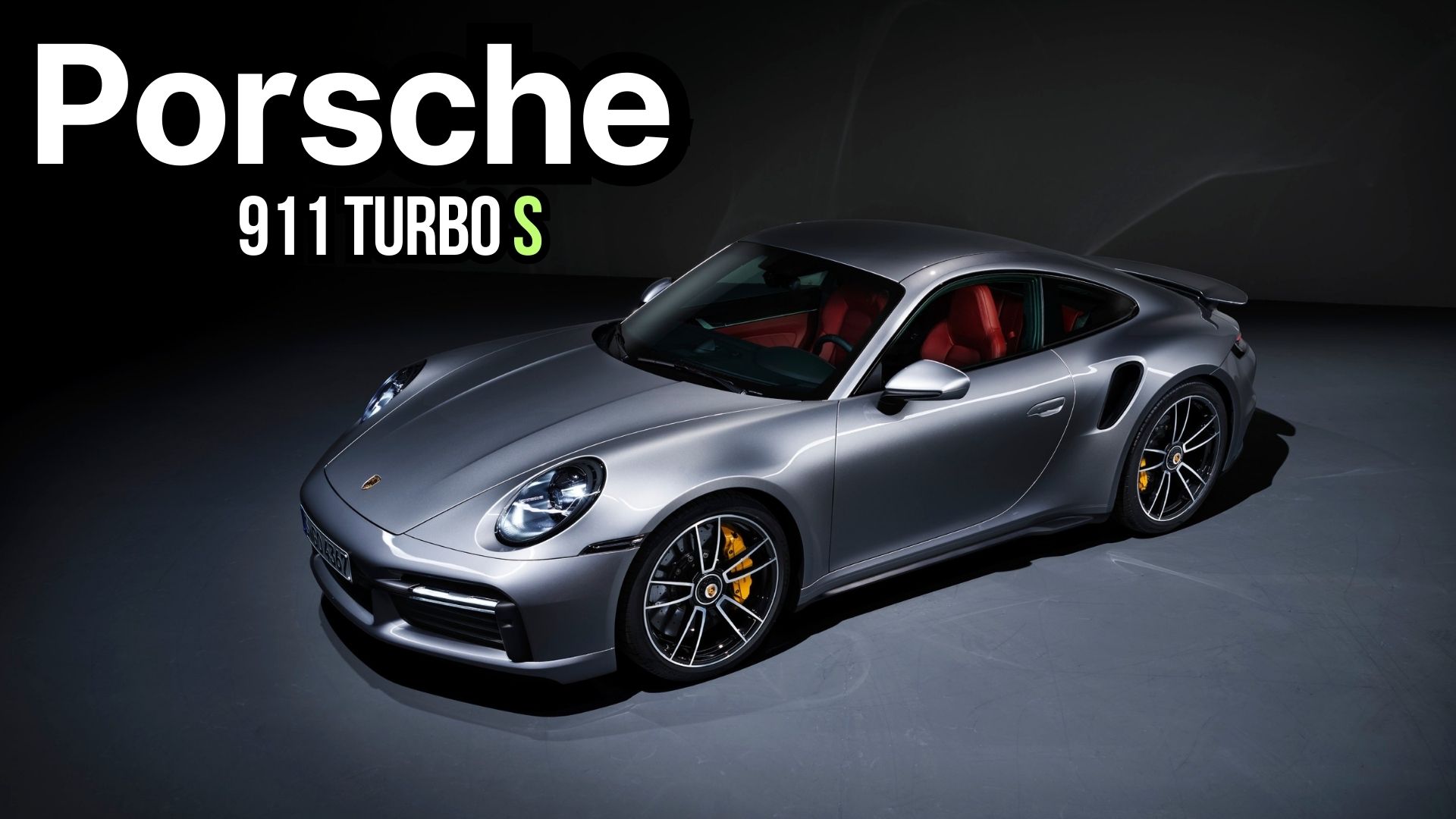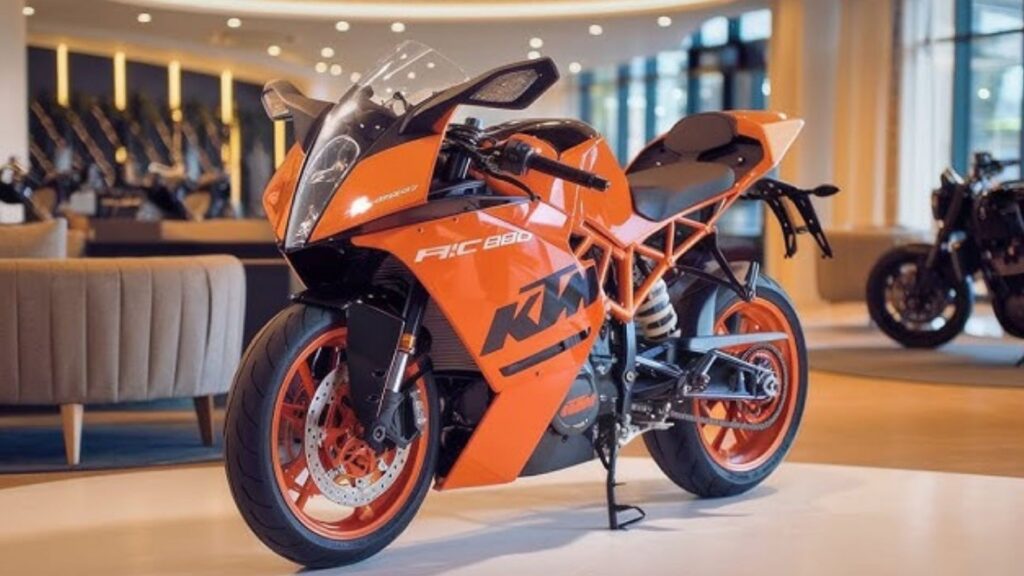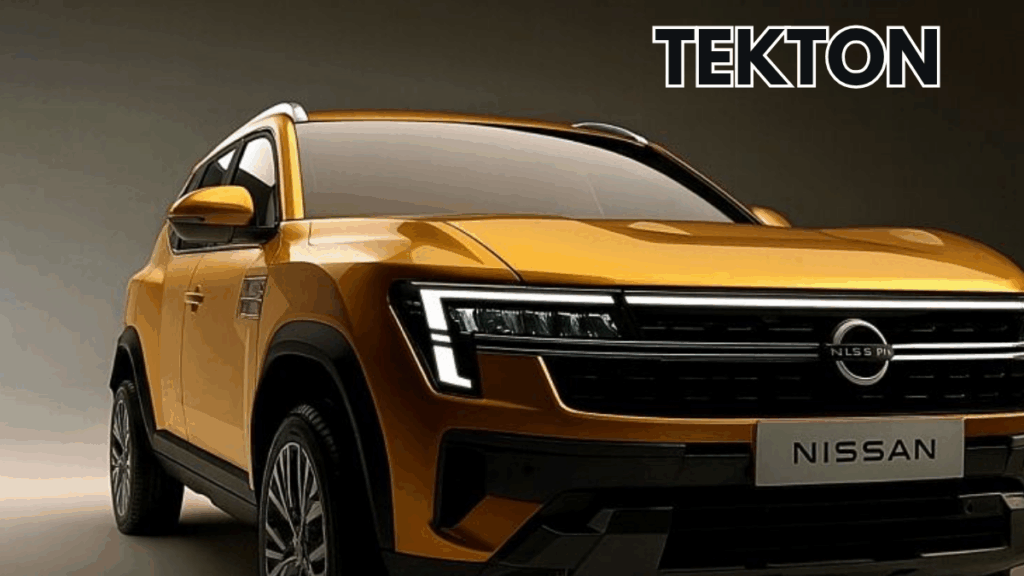At the IAA Mobility motor show in Munich, Porsche unveiled the most advanced and powerful model of the 911 series to date: the new Porsche 911 Turbo S. Featuring an innovative twin-turbo T-Hybrid powertrain, refined aerodynamics, and a redesigned chassis, the Turbo S sets new benchmarks for performance, comfort, and everyday usability. Available in both coupé and cabriolet versions, the car represents the pinnacle of Porsche engineering, offering thrilling speed with remarkable versatility.
Evolution of the 911 Turbo S

The Porsche 911 Turbo S has long been regarded as a benchmark in the sports car world, excelling at balancing blistering performance with comfort and usability. Its predecessor was celebrated for its ability to deliver both racetrack agility and long-distance comfort. The latest iteration pushes the envelope even further, making the 911 Turbo S the most complete version of the Porsche 911.
Porsche has designed the new Turbo S to be faster, more intelligent, and more exclusive than any previous model. Whether on the racetrack, cruising along the autobahn, or navigating daily city drives, it delivers a remarkable combination of speed, comfort, and everyday practicality.
Summary Table
Feature |
Details |
|---|---|
Model |
Porsche 911 Turbo S (Coupé & Cabriolet) |
Powertrain |
T-Hybrid twin-turbo with 400 V system |
Power Output |
523 kW (711 PS) |
Torque |
800 Nm |
Top Speed |
322 km/h |
Acceleration (0-100 km/h) |
2.5 seconds |
Brakes |
PCCB system, 420 mm front, 410 mm rear |
Tyres |
Front: 255/35 ZR 20; Rear: 325/30 ZR 21 |
Aerodynamics |
Active flaps, diffuser, extendable rear wing |
Chassis Control |
Standard electro-hydraulic PDCC with optional lift system |
Fuel Consumption (WLTP) |
11.6 – 11.8 l/100 km |
CO₂ Emissions (WLTP) |
262 – 267 g/km |
Official Porsche Website |
Innovative T-Hybrid Powertrain
At the heart of the new Turbo S lies the T-Hybrid powertrain, which brings hybrid innovation to Porsche’s high-performance segment.
-
Power Output: 523 kW (711 PS), making it the most powerful production 911 ever built.
-
Torque: 800 Nm, available between 2,300 and 6,000 rpm.
-
Top Speed: 322 km/h.
-
Acceleration: 0-100 km/h in 2.5 seconds, 0–200 km/h in just 8.4 seconds.
This represents an increase of 61 PS compared to the predecessor, thanks to the 400 V hybrid system.
Unlike the earlier 911 Carrera GTS, which debuted T-Hybrid technology in 2024 with a single electric exhaust gas turbocharger (eTurbo), the new Turbo S incorporates two eTurbos. This enhances both responsiveness and power delivery.
A compact 1.9 kWh high-voltage battery, identical to the one in the Carrera GTS, supports the hybrid system. Power is transmitted through an eight-speed PDK transmission with an integrated electric motor, working seamlessly with the Porsche Traction Management (PTM) all-wheel-drive system.
Braking and Tyre Performance
Porsche engineers made significant upgrades to the braking system and tyres to match the car’s performance.
-
Tyres: Wider 325/30 ZR 21 rear tyres (10 mm wider than before) and 255/35 ZR 20 tyres on the front axle.
-
Brakes: The standard Porsche Ceramic Composite Brake (PCCB) system is now stronger than ever. Rear discs increased to 410 mm (from 390 mm), while the front discs remain at 420 mm.
This is the largest PCCB brake system ever fitted to a two-door Porsche, ensuring exceptional braking performance and improved pedal feel even under extreme loads.
Advanced Aerodynamics
Aerodynamics have been refined to improve both efficiency and stability:
-
Active Cooling Flaps: Vertically arranged at the front for optimized airflow.
-
Front Diffuser: Actively adjustable depending on driving conditions.
-
Rear Wing: Extendable and tilting, carried over from the predecessor.
The result is a 10 percent reduction in drag coefficient compared to the previous model. In wet conditions, the front diffusers close to shield the brake discs from water spray, enhancing wet braking performance.
Porsche Dynamic Chassis Control (ehPDCC)
Thanks to the hybrid system’s 400 V electrical setup, the Turbo S comes standard with electro-hydraulically controlled Porsche Dynamic Chassis Control (ehPDCC).
This technology uses cross-connected active coupling rods to reduce body roll and improve cornering agility. The system delivers both greater stability and comfort, making the Turbo S equally at home on winding mountain roads or long highway journeys. An optional lift system for the front axle, now faster thanks to the 400 V integration, ensures better everyday usability.
Equipment and Comfort
Beyond its performance credentials, the new 911 Turbo S is equipped with exclusive features designed for luxury and comfort. Porsche has ensured that the Turbo S remains a car not only for racing enthusiasts but also for those seeking a refined and comfortable driving experience on daily commutes or long trips.
Technical Specifications (Preliminary WLTP Values)
-
Fuel Consumption: 11.8 – 11.6 l/100 km (coupé), 11.8 – 11.7 l/100 km (cabriolet).
-
CO₂ Emissions: 266 – 262 g/km (coupé), 267 – 265 g/km (cabriolet).
-
CO₂ Class: G.
Frequently Asked Questions (FAQs)
1. What makes the Porsche 911 Turbo S different from the Carrera GTS?
A. The Turbo S uses a more advanced T-Hybrid system with two eTurbos instead of one, delivering significantly more power (711 PS vs. 541 PS in the GTS).
2. Is the 911 Turbo S only for racing?
A. No. While it excels on the racetrack, the Turbo S is designed for everyday use, offering comfort, advanced aerodynamics, and refined driving dynamics.
3. What is the top speed of the new Turbo S?
A. The new 911 Turbo S reaches 322 km/h, making it one of the fastest road-legal Porsches ever built.
4. How much faster is it compared to its predecessor?
A. The new Turbo S is 0.2 seconds faster to 100 km/h and 0.5 seconds faster to 200 km/h than the previous model.
5. Does the car come in both coupé and cabriolet versions?
A. Yes. Porsche offers the 911 Turbo S as both a coupé and a cabriolet.
For More Information Click HERE






